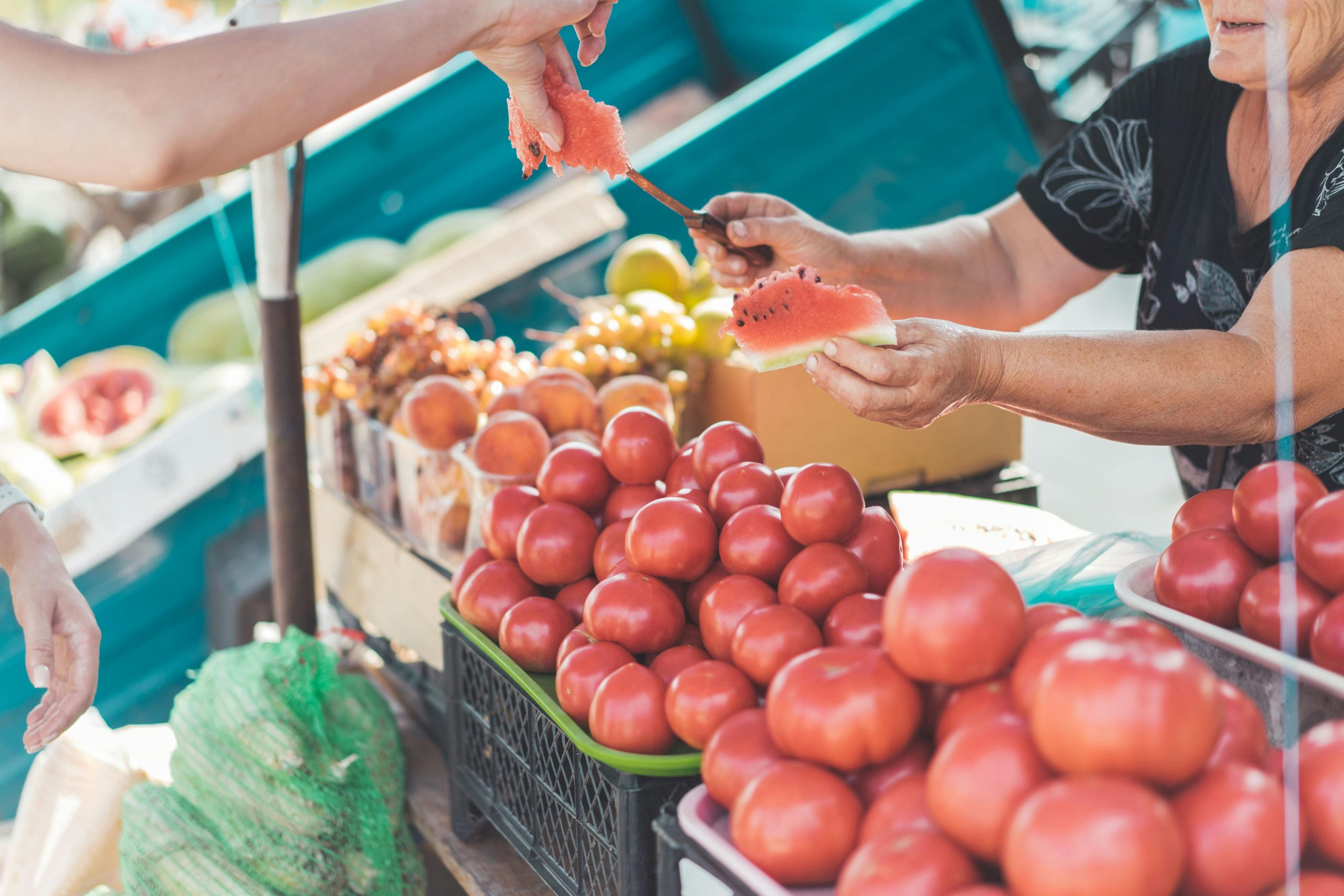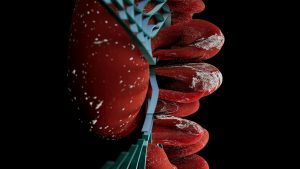3D Food Printing: The Future of Customized Nutrition
In the last few years, food technology has been rapidly advancing, leading to the development of innovative ways to produce and consume food. One such technology that has been gaining traction is 3D food printing. This groundbreaking technology allows for the creation of intricate and customizable food items, providing a glimpse into the future of customized nutrition. In this article, we will explore the concept of 3D food printing and its potential to revolutionize the way we eat.
What is 3D Food Printing?
3D food printing is a process of creating three-dimensional food items using specialized 3D printers. The printers use edible materials such as powders, pastes, and gels, which are layered to form the desired shape and texture. The technology has been primarily used in the culinary industry to create unique and visually appealing dishes. However, with advancements in technology and materials, 3D food printing is now being explored for its potential in nutrition and health.
The Benefits of 3D Food Printing on Nutrition
Customization and Personalization
One of the main advantages of 3D food printing is its ability to create customized and personalized food items. The printers can be programmed to add specific ingredients and nutrients, catering to individual dietary needs and preferences. This is especially beneficial for people with certain dietary restrictions or those who require specialized nutrition plans, such as athletes or people with medical conditions.
Enhanced Nutritional Value
3D food printing also has the potential to enhance the nutritional value of food items. By using advanced technology and specialized ingredients, 3D printers can create food items that contain a higher concentration of specific nutrients. This can be beneficial for people who struggle to meet their daily recommended intake of certain vitamins and minerals.
Addressing Food Insecurity
3D food printing has the potential to address the issue of food insecurity, especially in areas where access to a variety of nutritious food is limited. With the ability to create food items using a range of ingredients, 3D food printing can provide a diverse and balanced diet to those in need.
The Future of 3D Food Printing
The concept of 3D food printing is still in its early stages, but the possibilities are endless. Researchers and food companies are continuously working to improve the technology, making it more cost-effective and accessible to the general population. In the future, 3D food printers may become a common appliance in households, allowing individuals to create personalized and healthy meals in the comfort of their own home.
Moreover, with the growing focus on sustainable food production, 3D food printing can play a significant role. By using a precise and controlled amount of ingredients, 3D food printing can reduce food waste and promote sustainable food practices.
Conclusion
3D food printing has the potential to revolutionize the way we consume food, offering customization, enhanced nutrition, and improved food security. While the technology is still in its early stages, it holds promise for the future of customized nutrition. As with any emerging technology, there may be challenges and limitations, but it is undoubtedly an exciting and innovative concept that has the power to change the way we eat.










